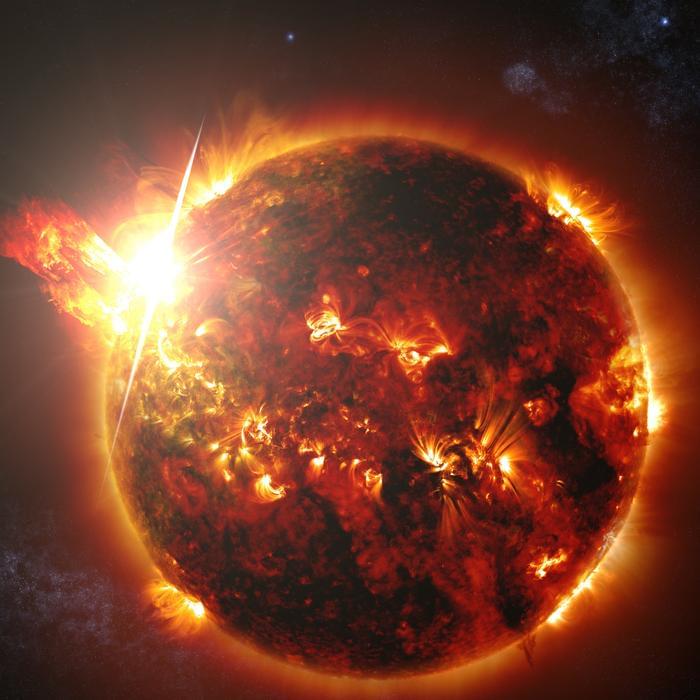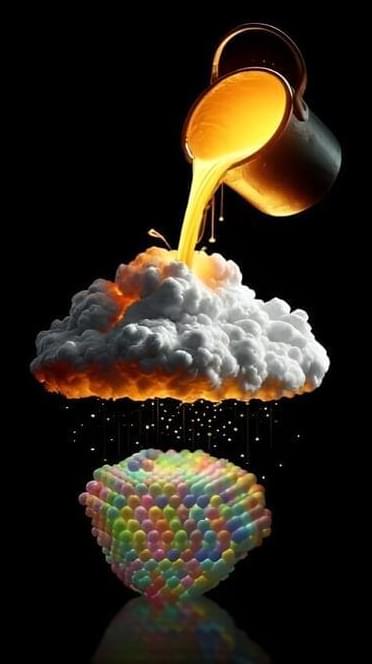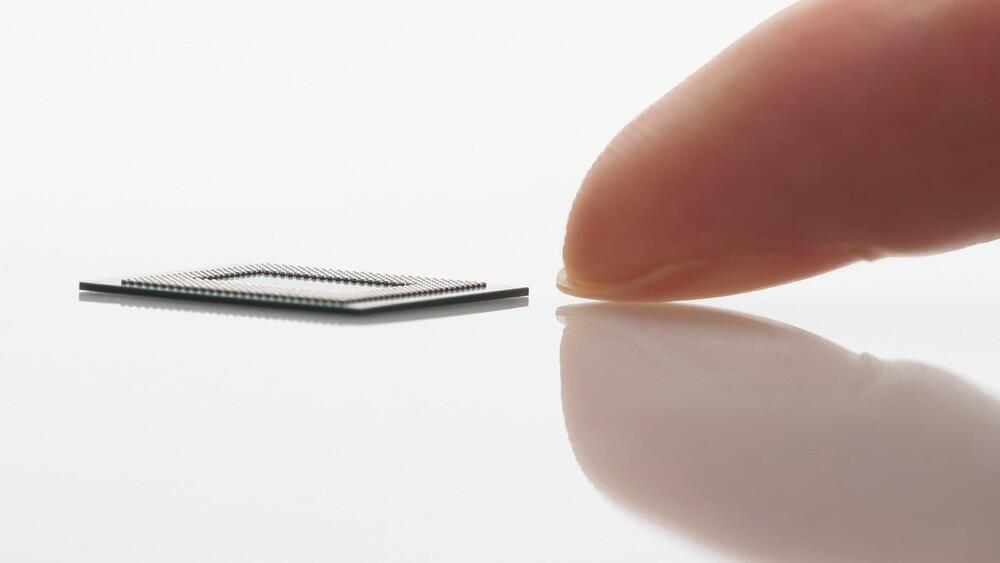Figure 2 can pick up objects as heavy as 55 pounds and put parts in place accurately, down to the millimeter. It was created by Figure AI, a startup backed by OpenAI, Jeff Bezos, Nvidia, and Microsoft.
Get the latest international news and world events from around the world.
Moving Naturalism Forward: Consciousness
Non-personalized content and ads are influenced by things like the content you’re currently viewing and your location (ad serving is based on general location). Personalized content and ads can also include things like video recommendations, a customized YouTube homepage, and tailored ads based on past activity, like the videos you watch and the things you search for on YouTube. We also use cookies and data to tailor the experience to be age-appropriate, if relevant.
Select “More options” to see additional information, including details about managing your privacy settings. You can also visit g.co/privacytools at any time.

Impact of Intense UV Radiation on Planet Habitability Around Red Dwarf Stars
“This study has changed the picture of the environments around stars less massive than our Sun, which emit very little UV light outside of flares,” said Jason Hinkle.
How can red dwarf stars, which are both smaller and cooler than our Sun, influence the habitability potential for exoplanets orbiting them? This is what a recent study published in the Monthly Notices of the Royal Astronomical Society hopes to address as a team of international researchers led by the University of Hawai’i investigated how stellar flares emanating from red dwarf stars could help ascertain the habitability potential for exoplanetary systems. This study holds the potential to help astronomers better understand the formation and evolution of exoplanetary systems throughout the cosmos and the conditions necessary for life to exist on these worlds.
For the study, the researchers analyzed near-ultraviolet (near-UV) and far-ultraviolet (far-UV) data obtained from the now-retired NASA GALEX space telescope of 182 stellar flares emitting from 158 stars within 100 parsecs (326 light-years) from Earth. The goal of the study was to ascertain how UV emissions influence whether a planet can host life.
In the end, the researchers found that UV radiation can either contribute to or dampen the possibility of life forming on such worlds, and specifically challenges previous hypotheses pertaining to far-UV radiation, which the researchers estimate can range between 3–12 times the energy levels compared to previously assertions. However, the team notes the processes responsible for the stronger far-UV radiation remains a mystery.

Atoms in advanced alloys find preferred neighbors when solidifying
A discovery that uncovered the surprising way atoms arrange themselves and find their preferred neighbors in multi-principal element alloys (MPEA) could enable engineers to “tune” these unique and useful materials for enhanced performance in specific applications ranging from advanced power plants to aerospace technologies, according to the researchers who made the finding.


EV costs on track to match gas guzzlers next year as battery prices drop ‘dramatically’
The higher cost of owning an electric versus a gas-powered vehicle is a sticking point for many would-be buyers of EVs. Now, the price of a key EV component is falling, raising hopes that automakers could close the gap as they grapple with waning demand.
Batteries make up about one-third to one-fourth of the cost of producing an electric vehicle, according to Goldman Sachs analysts. The firm predicts the global average cost to automakers for batteries in 2024 will average about $115 per kilowatt hours, about 23% lower than last year. Prices are expected fall another 20% in 2025.
Tesla CEO Elon Musk (TSLA) recently noted costs have come down for lithium-ion cells used in EV batteries, a big reversal from the “massive spike” during the pandemic when car manufacturers put in “giant, giant orders.”


Major US city unveils record-breaking train that could be the future of transportation — and you can ride it this year
In 2022, California Gov. Gavin Newsom launched a historic $10 billion zero-emission vehicle package to speed up the state’s transition to greener technologies. It included $407 million for the California State Transportation Agency to invest in clean tech for its bus and rail infrastructure, and that money has already been put to good use.
The Metrolink commuter rail in San Bernardino County will be moving from diesel-powered trains to new zero-emission hybrid ones that use hydrogen starting later this year, as LAist reported. This is only for a nine-mile stretch between San Bernardino and Redlands, but it will serve as a trial run for further expansion.
As a tribute to its efficiency, the train has also been entered into the Guinness World Records database “for the longest distance of 1,741.7 miles achieved by a pilot hydrogen fuel cell electric multiple unit passenger train without refueling or recharging,” according to Stadler, the Switzerland-based manufacturer.
Autofac by Philip K Dick | SCIENCE FICTION | SHORT STORY
Written in 1955, this short story by Philip K Dick revolves around a group of post-apocalyptic survivors resistingthe domination of an automated factory system.